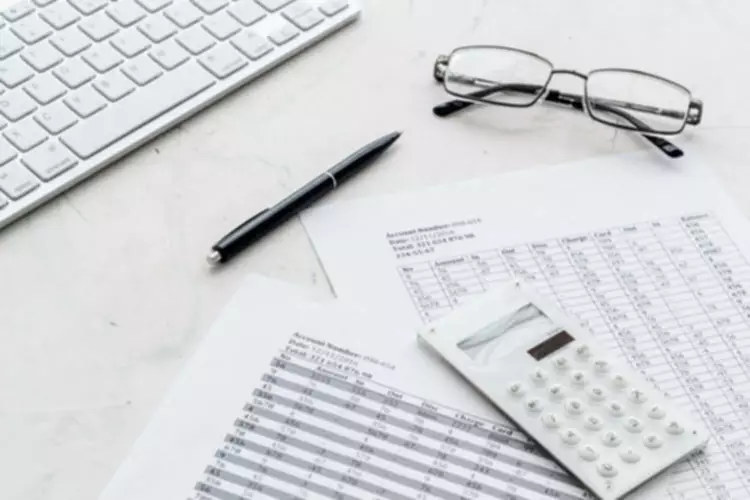Content
Gauging https://www.bookstime.com/ levels can help you make more informed financial decisions. For example, it can help you decide when to purchase new equipment. If you don’t have the liquidity, you might play it safe and wait for higher liquidity to cover your bases. Let’s look at an example of the quick ratio in action to understand how it works and what the formula can reveal. Payments Everything you need to start accepting payments for your business.

It shows how the resources of a company are managed and if there is a weakness that the market might penalize. Keep in mind that industry, location, markets, etc. can also play a role in what a good quick ratio is. Some industries may have a higher or lower quick ratio than others. Do your research to find out what ratio your business should be aiming for. A “drawing” means moving cash out of the business for personal use.
Quick Ratio Metric
A Quick Ratio that is equal to or greater than 1 means the company has enough liquid assets to meet its short-term obligations. Other important liquidity measures include the current ratio and the cash ratio. A positive quick ratio can indicate the company’s ability to survive emergencies or other events that create temporary cash flow problems. As mentioned earlier, illiquid assets are excluded in the calculation of the quick ratio, which is why inventory is not included. The quick ratio compares the short-term assets of a company to its short-term liabilities to evaluate if the company would have adequate cash to pay off its short-term liabilities. Otherwise referred to as the “acid test” ratio, the quick ratio is distinct from the current ratio since a more stringent criterion is applied to the current assets in its calculation. The information needed for this calculation can be found on the balance sheet.
Optiver Holding B.V. Purchases Shares of 5919 FLEX LNG Ltd … – MarketBeat
Optiver Holding B.V. Purchases Shares of 5919 FLEX LNG Ltd ….
Posted: Tue, 21 Feb 2023 15:33:45 GMT [source]
Strong supplier relationship management practices can pay off when a temporary issue arises. For most companies, Accounts Payable is the largest source of short-term liability. These invoices typically have terms ranging from net thirty to net sixty days from receipt of the invoice. We’re firm believers in the Golden Rule, which is why editorial opinions are ours alone and have not been previously reviewed, approved, or endorsed by included advertisers. Editorial content from The Ascent is separate from The Motley Fool editorial content and is created by a different analyst team.
Accounting Topics
The quick ratio is a useful indicator of a company’s ability to manage cash flow problems without resorting to fire sales or borrowing money. But suppose it has a supplier payment of $5,000 falling due in 10 days. Unless a large number of its customers pay what they owe within 10 days, the company won’t have enough cash available to meet its obligation to the supplier — despite its apparently good quick ratio. It may have to look at other ways to handle the situation, such as tapping a credit line for the funds to pay the supplier or paying late and incurring a late fee. If a business’s quick ratio is less than 1, it means it doesn’t have enough quick assets to meet all its short-term obligations. If it suffers an interruption, it may find it difficult to raise the cash to pay its creditors. The Quick Ratio measures the short-term liquidity of a company by comparing the value of its cash balance and current assets to its near-term obligations.
Others may only consider liabilities due within the near future, typically the following six to 12 months. This is because the formula’s numerator will be higher than the formula’s denominator (the company’s current liabilities).
The Wharton Online and Wall Street Prep Private Equity Certificate Program
If a firm has enough quick assets to cover its total current liabilities, the firm will be able to pay off its obligations without having to sell off any long-term orcapital assets. The quick ratio is a stricter measure of liquidity than the current ratio because it includes only cash and assets the company can quickly turn into cash.






